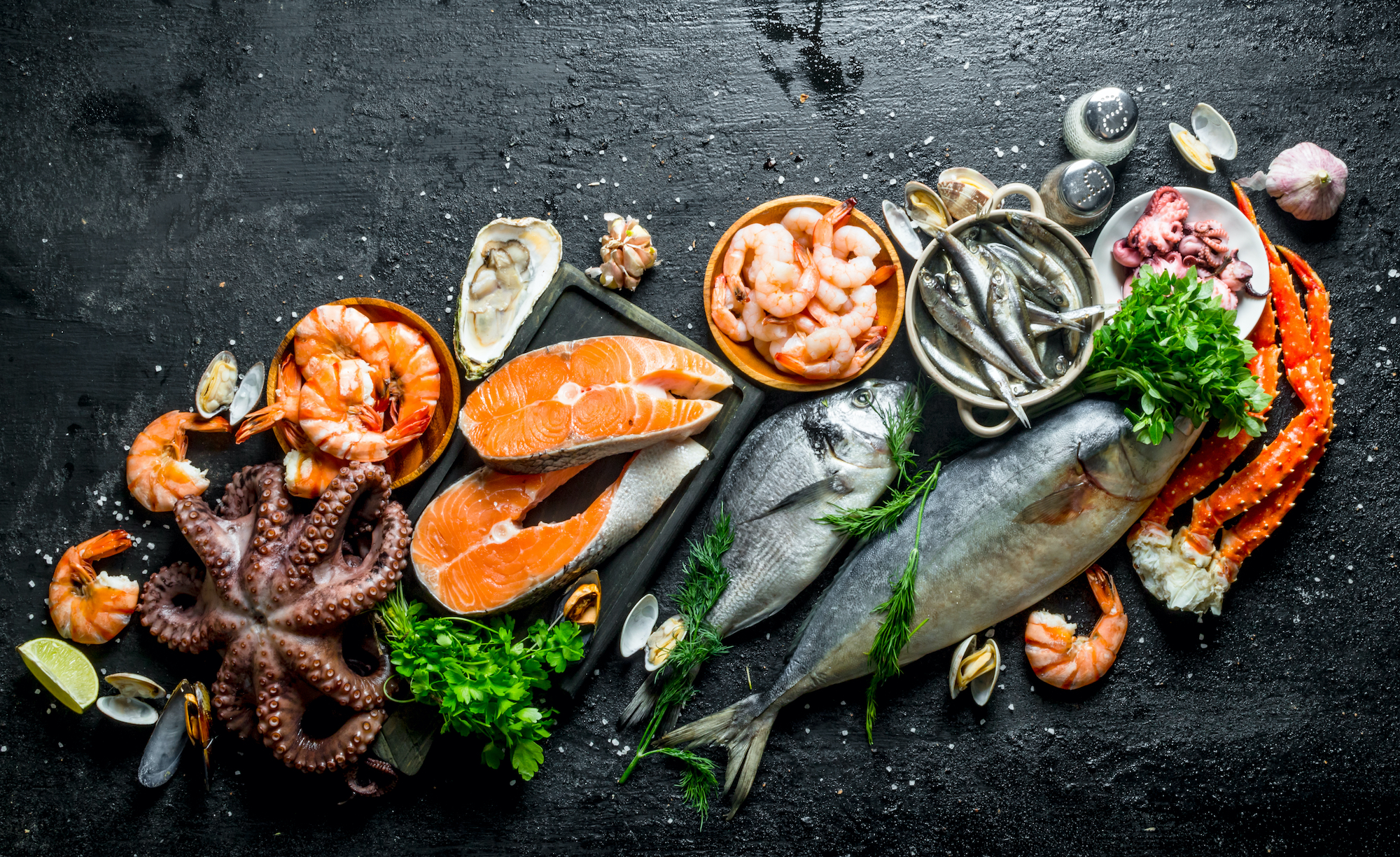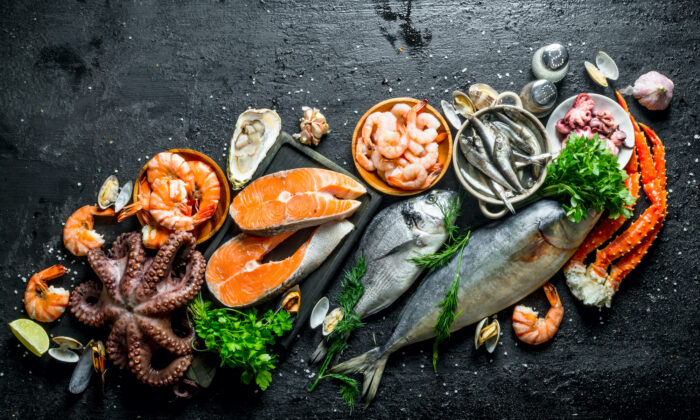
Understanding which types and how much seafood is safe to consume can be a confusing task, leading some individuals to avoid this nutrient-rich food altogether.
Seafood, comprising fish and shellfish, is renowned for being a highly nutritious food that offers numerous health benefits for both the brain and body. Packed with high-quality protein, essential nutrients like omega-3 fatty acids and vitamin B-12, as well as trace minerals, seafood is a valuable addition to any diet.
The significant presence of omega-3 fatty acids in seafood is a key factor driving health-conscious individuals to include it in their regular diet. These essential nutrients offer a wide range of health benefits.
Jessie Anderson, a board-certified specialist in sports dietetics at Top Nutrition Coaching, explained to The Epoch Times, “Omega-3 fatty acids are a type of polyunsaturated (healthy) fat known for their role in promoting heart, metabolic, and cognitive health, as well as alleviating pain, inflammation, and symptoms of depression. At a cellular level, omega-3 supports the structure of cell membranes. The specific omega-3s responsible for these health benefits are eicosapentaenoic acid (EPA) and docosahexaenoic acid (DHA), primarily found in oily fish.”
While seafood offers numerous health benefits, it is crucial to consider the risk of methylmercury exposure. Balancing the benefits of seafood with the potential toxic effects of methylmercury toxicity can be a complex task.
Comparing this weekly reference dose with the quantity and type of fish consumed weekly can be done using online mercury calculators like those offered by OMNI calculator or Seatopia. For instance, two six-ounce servings of salmon per week for a 143-pound person contain 16.3 micrograms (mcg) of mercury, well below the 45.5 mcg limit, while two six-ounce servings of Chilean sea bass provide a concerning 121.4 mcg of mercury.
Filling the Gaps
In response to these concerns, the Environmental Working Group (EWG) created a Consumer Guide to Seafood addressing the limitations of FDA and EPA recommendations. The guide criticizes the EPA’s mercury reference levels, as newer studies show that even lower levels of mercury can be harmful, particularly for fetuses and young children.
Cooking methods can also impact the nutritional value of seafood. Jessie Anderson recommends baking, boiling, steaming, microwaving, sous vide, or poaching to retain omega-3 content, as direct heat from roasting, pan-frying, or deep frying can reduce EPA and DHA levels in fish.
Ensuring adequate omega-3 intake from seafood while minimizing methylmercury exposure requires careful consideration and research. The Environmental Working Group’s online Seafood Calculator offers personalized recommendations for seafood options rich in omega-3s and low in methylmercury.





